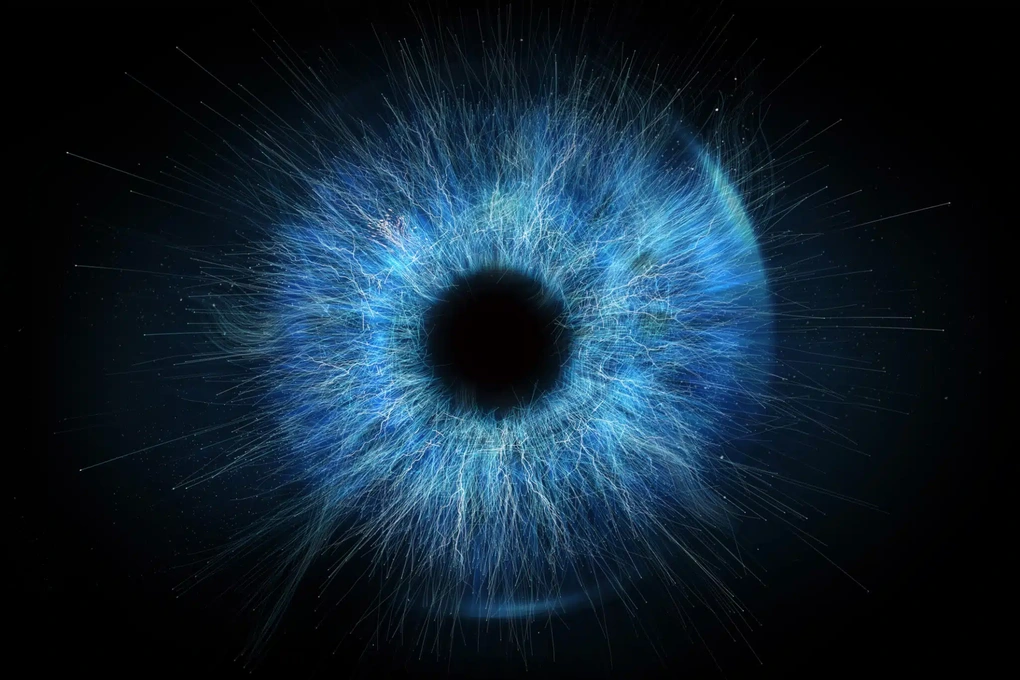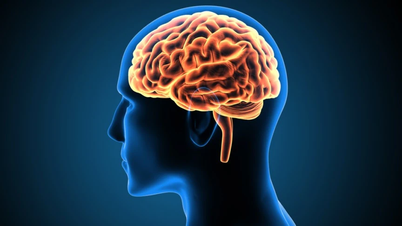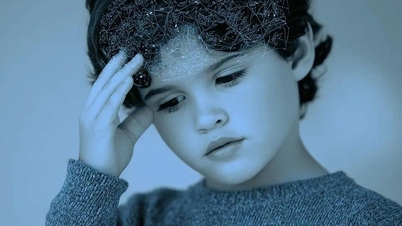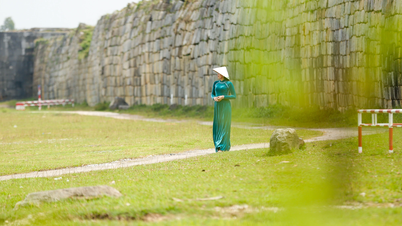
The secret lies in your brain – a master of illusion, constantly adjusting and smoothing everything you see, to the point that you're completely unaware (Photo: SP).
Reality or illusion?
Try this once: open your phone's camera in video recording mode and stare at the screen like a viewfinder. You'll see shaky, slightly distorted images with unsatisfactory smoothness.
But this is the true reflection of what your eyes actually perceive.
The difference lies in the brain's intervention to adjust, smooth, and stabilize the image, transforming a chaotic visual experience into a seamless and pleasant flow.
Live in the past to survive in the present.
Researchers from the University of Aberdeen and the University of California, Berkeley, have published a groundbreaking discovery in the journal Science Advances: Our brains do not perceive the world in real time.
Instead, it relies on the last 15 seconds to create a coherent and fluid visual image of the surroundings. In other words, we are living in a natural visual illusion, constantly making us aware of the past, not the present.
Every second, our eyes receive a flurry of unstable images, constantly changing due to light, viewing angle, distance, movement, blinking, and objects appearing or disappearing.
However, everything still seemed stable. The objects didn't move erratically, the faces weren't distorted, and the world didn't shake like in an amateur video.
Because our brains perform "time smoothing." It not only analyzes the current moment but also averages the visual information received in the preceding seconds.
This mechanism, called sequential dependence, causes us to perceive objects as similar to those we've seen before, creating the illusion of visual continuity—a seemingly stable world, even when it's not.
An illusion, but a necessary one.
The research was supported by a series of interesting experiments. For example, when participants observed a face gradually changing age (from young to old or vice versa), most underestimated or overestimated the face's actual age based on previous images.
This suggests that our current visual perception is strongly influenced by past images, as if the brain refuses to reset everything moment by moment.
Instead, it chooses to combine the data into a coherent, understandable, and less confusing image. This is not a bug, but a crucial feature for maintaining cognitive stability in a chaotic visual context.
However, this mechanism also has drawbacks. Anchoring us to a recent visual past can blind us to subtle changes.
This phenomenon is called "change blindness": An object that has been altered or moved can escape our attention because the brain doesn't have time to update its visual perception.
Another related phenomenon is inattention blindness, which occurs when a tangible element is not perceived simply because our attention is diverted elsewhere.
These biases suggest that our perception is less objective than it appears, and that it is shaped by immediate memory, attention, and priorities unconsciously established by the brain to ensure coherence.
Practical applications
The research is not only academic in nature but also has significant practical implications.
It has inspired video stabilization technologies on smartphones, accurately mimicking how our brains function naturally.
It also sheds light on neurological disorders affecting visual perception or attention.
A better understanding of how the brain continuously reconstructs reality could help design more natural, immersive interfaces or effective cognitive diagnostic tools.
More importantly, these discoveries remind us of a striking truth: What we see is never entirely true. The brain, for our comfort, prefers a stable version of the world to a raw, uncertain reality.
It deliberately delays us for a few seconds, and it is thanks to this mechanism that humans can see clearly amidst the chaos of the present moment.
Source: https://dantri.com.vn/khoa-hoc/nao-bo-luon-lua-doi-ban-chung-ta-chi-nhan-thuc-the-gioi-tu-15-giay-truoc-20250722102759244.htm


![[Photo] Prime Minister Pham Minh Chinh presides over a meeting on private sector economic development.](/_next/image?url=https%3A%2F%2Fvphoto.vietnam.vn%2Fthumb%2F1200x675%2Fvietnam%2Fresource%2FIMAGE%2F2025%2F12%2F20%2F1766237501876_thiet-ke-chua-co-ten-40-png.webp&w=3840&q=75)







































































































Comment (0)